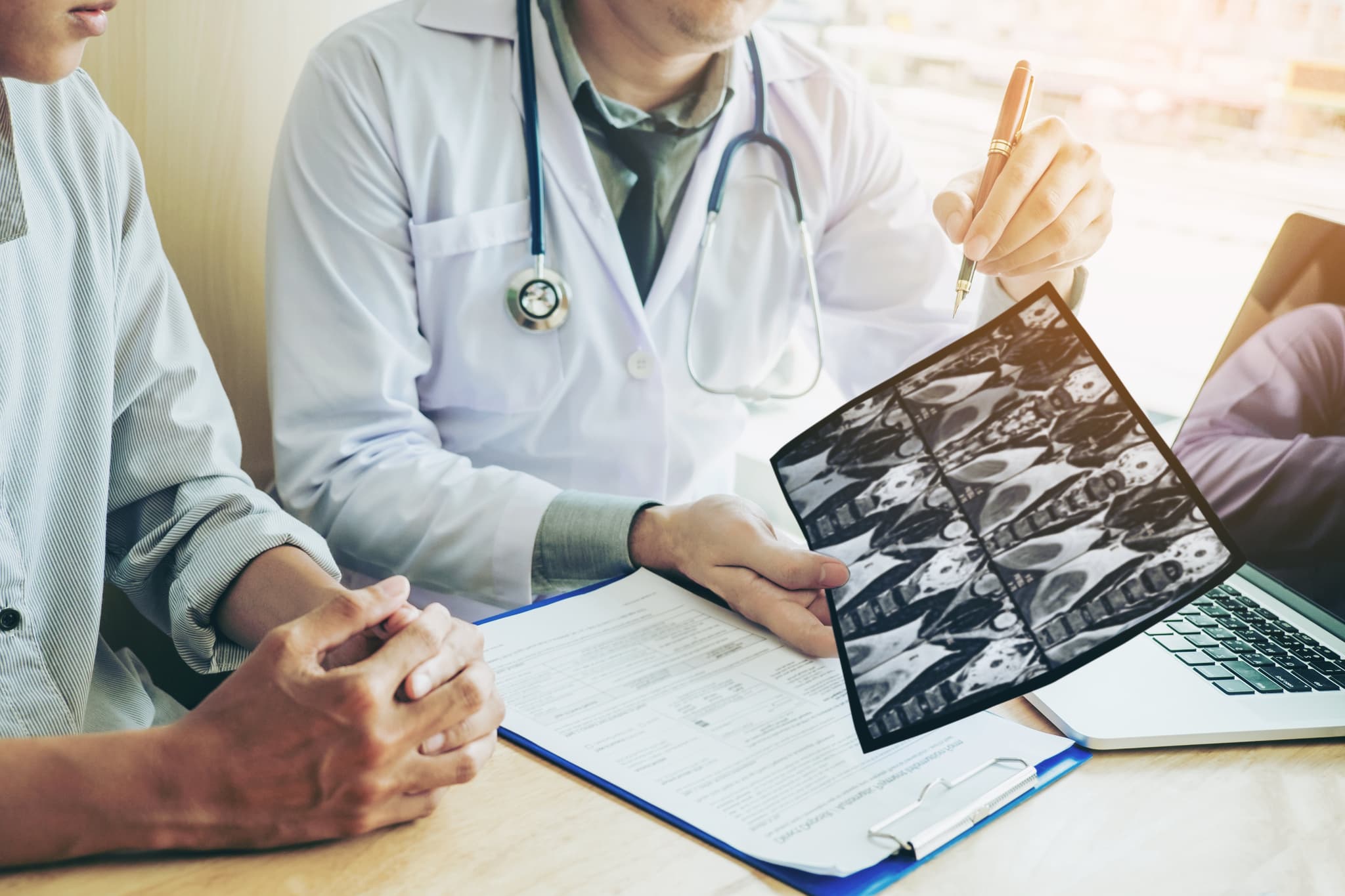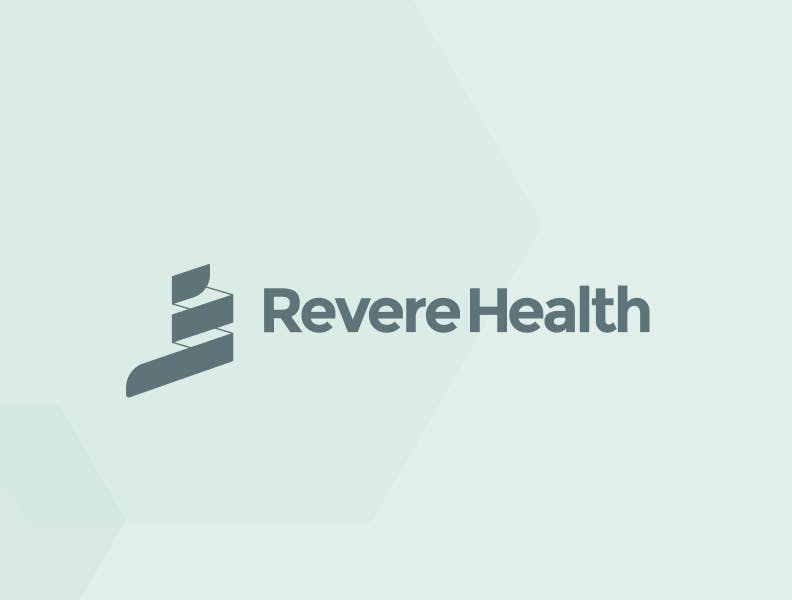
2019-10-15T16:28:57
What is the Difference Between Diagnostic, Therapeutic and Interventional Radiology?
- Imaging
- Radiation Oncology
- Radiology
December 9, 2016 | Radiology
Specialties:Radiology

We don’t always think of them this way, but the bones in our bodies age right along with us. One condition of aging bones is osteoporosis, a disease where bones become more brittle over time and are more likely to break. Osteoporosis most often affects women who have been through menopause, but it can also be present in men. Though rare, children can also be diagnosed with osteoporosis.
In previous generations, osteoporosis was only noticed if someone broke a bone and went in for treatment. As a result, osteoporosis treatments were reactive, and there weren’t any ways to get ahead of the condition.
With advanced healthcare technology today, that’s no longer the case. The field of bone densitometry – bone density scans – has opened up a new way of detecting osteoporosis before a patient breaks a bone. How do bone density tests work, who benefits from them, and what are the risks associated? Let’s find out.
The technical names for bone density scans are bone densitometry or dual-energy X-ray absorptiometry. They are high-powered forms of X-rays which measure bone mineral density (BMD). They can also track losses in BMD over time for those at risk of bone conditions. In most cases, bone density scans are done on the hips or lower areas of the spine, though the entire body is scanned in some situations. The scans are generally used to detect osteoporosis or symptoms involved in osteoporosis such as bone density or fractures, but can also be used to monitor existing conditions.
Women who have gone through menopause in the middle-to-later stages of their lives are in the most need of bone density scans. Osteoporosis and other bone conditions are most common in these women. Cases can affect men and sometimes children, though these cases are much rarer.
Your doctor may recommend a bone density scan if you experience the following:
The results of your bone density test will come in the form of two numbers:
WRITTEN BY:
The Live Better Team

2019-10-15T16:28:57

2019-06-06T10:36:51

2017-12-26T11:52:27

2017-12-19T14:36:02
This information is not intended to replace the advice of a medical professional. You should always consult your doctor before making decisions about your health.